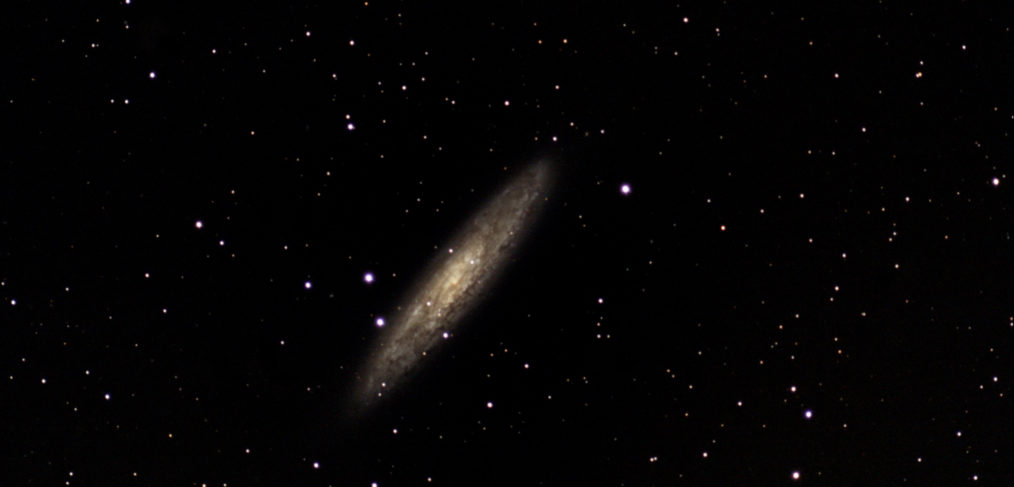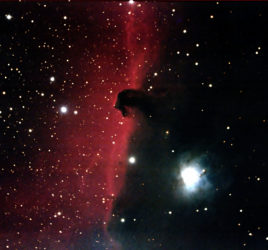
Galaxy Viewing – Seeing at Extreme Distances
Galaxy viewing is a tough Challenge
Early astronomers described the dim fuzzy objects we now call a Galaxy as Nebulosity – cloud like apparitions. They looked like the glow of the Milky Way. Nebulae had few discernible features other than being dimly visible and literally milky, in Greek, a Galaxy. Galaxies were theorized to be local infant solar systems inside of the Milky Way. They were cataloged and found to be everywhere we looked. As telescopes became larger in diameter and brought these objects further above the threshold of visibility, some were seen to have spiral arms and dark lanes, Spiral Nebulae. In the 1920’s Edwin Hubble measured the distance to the Andromeda Nebula and found it was far outside of the Milky Way. The concept of the Galaxy as an island universe was born.
Due to the distance to Galaxies, they are dim and low in contrast against the dark sky.
Telescopes are nicknamed “light buckets” as they collect light by their surface area and concentrate it into a bright image. Larger diameter telescopes produce brighter images. If a galaxy is your target, we should look at how to maximize the brightness and contrast. Magnification has an inverse effect on brightness. The higher magnifications produce dimmer views as you are spreading out the available light into a greater area as you view. Lower magnifications work best for galaxy detection as the dim light is concentrated into a smaller area. Lower magnification also increases contrast with the background dark sky. Using Averted vision is a useful technique. The human eye has rod and cone shaped light sensors. The rods are optimized for dim light conditions. Rods are sensitive to moving images, yet have low detail resolution and are monochrome – colorblind. Your peripheral vision is composed of rods. The Cones need brighter light to respond but they have high detail resolution and see full color. Averted vision is looking to the side of the object of interest to see it brighter with the rods. Also, scanning around the object of interest will bring it out as the rods see the movement against the dark sky.
Types of Galaxy and their orientation can increase your success at viewing them.
The hardest type of Galaxy to see directly is the face-on Spiral Galaxy. The light is spread out, low contrast and difficult to see. The edge on Spiral galaxy is the easiest to see directly as the light is concentrated into a long thin shape and has high contrast. Elliptical Galaxies are balls of stars that gradually get brighter towards the center. These can be mistaken as comets as Charles Messier commented and charted may such Galaxies as objects to not report as comets as they did not move against the stars. Seeing Galaxies is a skill that improves with practice. As you develop your Galaxy hunting skills, more will be within reach of modest telescopes.



